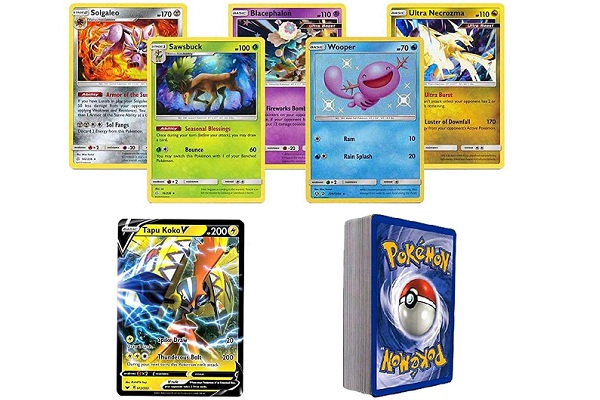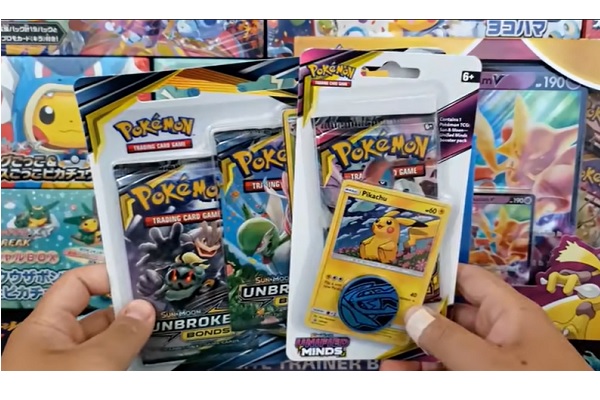While PSA is widely regarded as the top grading service, other reputable grading companies like Beckett Grading Services (BGS) and Sportscard Guaranty Corporation (SGC) can be considered. These companies have their own grading standards and processes.
Professional Sports Authenticator (PSA)
When it comes to grading trading cards, the most reputable and well-known grading service is PSA. The company has been in the business of grading trading cards for many years and is widely recognized in the industry.
Founded in 1991, the PSA Grading Company is headquartered in Santa Ana, California. PSA is one of the most popular and well-established brands in the world of card grading They employ experienced professional graders who evaluate the condition and authenticity of the trading cards.
PSA grading scale that is most commonly used by most collectors. Their grading scale ranges from 1 to 10, with 10 being the highest grade.
- PSA 10: Gem Mint
- PSA 9: Mint
- PSA 8: Near Mint to Mint
- PSA 7: Near Mint
- PSA 6: Excellent to Near Mint
- PSA 5: Excellent
- PSA 4: Very Good to Excellent
- PSA 3: Very Good
- PSA 2: Good
- PSA 1.5: Fair
- PSA 1: Poor
Additionally, PSA covers the following services:
- Modern and vintage card grading
- Autograph authentication
- Original photograph authentication
- Unopened pack grading
- Ticket grading
- Sports memorabilia authentication
Due to the popularity and reputation of PSA, their services may have high demand, which can result in longer turnaround times compared to other grading companies. It’s advisable to check the current turnaround times on their website.
Beckett Grading Services (BGS)
Founded in 1999, the company is headquartered in Yorba Linda, California. BGS uses a unique grading scale that includes separate subgrades for centering, corners, edges, and surfaces. This gives collectors a detailed assessment of each aspect of the card’s condition. BGS also provides a unique tamper-evident label to ensure the authenticity and integrity of the graded card.
The Beckett card grading system has three different grading subsidiaries:
- The Beckett Grading Services (BGS) grades cards from 1981 to the present day
- Beckett Vintage Grading (BVG) grades cards from before 1981
- Beckett Collectors Club Grading (BCCG) is the lower tier grading level.
Beckett Grading Scale
- 1 – Poor 1.5 Fair
- 2 – G (Good)
- 2.5 –G+
- 3 – VG (Very Good)
- 3.5 – VG+
- 4 – VG-EX (Very Good-Excellent)
- 4.5 VG-EX+
- 5 – EX (Excellent)
- 5.5-EX+
- 6 – EX-NM (Excellent-Near Mint)
- 6.5 – EX-NM+
- 7 – Near Mint
- 7.5 – Near Mint +
- 8 – Near Mint-Mint
- 8.5 – Near Mint-Mint +
- 9 – Mint
- 9.5 – Gem Mint
- 10 – Pristine It’s reasonably extensive, and you’ll arguably have a better idea of the overall quality of the card compared to a PSA-graded version
Beckett provides services like modern and vintage card grading, comic book grading, and authentication of cards and comic books.
Sportscard Guaranty Corporation (SGC)
SGC is another prominent grading service for trading cards. SGC has been in operation since 1998 and has built a reputation for providing accurate and reliable grading services.
Their card grading services are slightly cheaper than PSA. SGC uses a grading scale that assesses the card’s condition on a 10-point scale, similar to other grading services. SGC’s grading standards focus on centering, corners, edges, and surface conditions to provide a comprehensive evaluation of the card’s overall grade.
SGC Grading Scale
- 10 PR: A “virtually flawless” card. 50/50 centering, crisp focus, four sharp corners*, free of stains, no breaks in surface gloss, no print or refractor lines, and no visible wear under magnification.
- 10 MT
- 9.5
- 9
- 8.5
- 8
- 7.5
- 7
- 6.5
- 6
- 5.5
- 5: 80/20 or better centering, minor rounding or fuzzing of corners, roughness or chipping along the edge (no layering), one VERY slight surface or “spider” crease may exist on one side of the card, the gloss may be lost from the surface with some scratching that does not detract from the aesthetics of the card.
- 4.5
- 4
- 3.5
- 3
- 2.5
- 2
- 1.5
- 1: This card usually exhibits many of these characteristics: heavy print spots, heavy crease(s), pinhole(s), color or focus imperfections or discoloration, surface scuffing or tears, rounded and/or fraying corners, ink or pencil marking( s), and lack of all or some original gloss, small portions of the card may be missing.
Remember, PSA is undoubtedly number one on the list of the top trading card grading companies. But, the choice between PSA, BGS and SGC comes down to personal preference, market value, and the type of card you have.
Featured Image: PSACard.com







